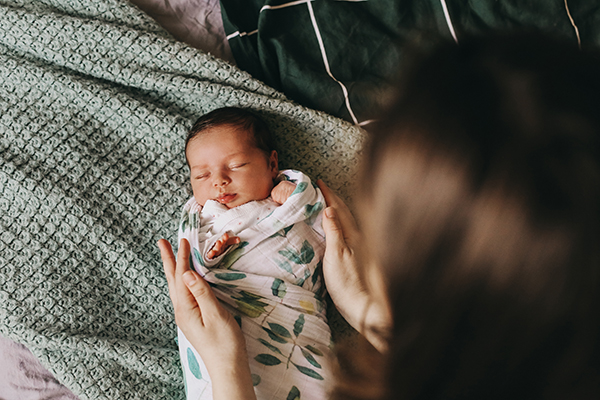A group of 15 medical students sit in silence, studying a projected image of Frida Kahlo’s Self-Portrait on the Border Between Mexico and the United States. The residents point out the contrasts in the painting: the industrial, smog-filled U.S. side versus the lush, nature-filled Mexican side. One resident notes that Kahlo, arms crossed, is holding a cigarette in one hand, pointed towards the industrial landscape. Another observes the Mexican flag in her hand held toward the natural side.
“Those are really important details,” said Nazanin Moghbeli, MD, a Jefferson Health researcher and cardiologist who led the session. “Kahlo’s 1932 painting reflects a personal and cultural divide.” She explains that this exercise in observation directly mirrors the kind of observation and reflection that physicians must bring to patient care.
“When I’m at the bedside of a patient and I look around at the patient and their surroundings, how much am I interpreting before I slow myself down to observe?” says Dr. Moghbeli. "And that’s a really important skill that you can learn from looking at a painting.”
The idea is at the heart of a long-running art-based workshop series called “Using Art for Professionalism and Communication Skills in Medical Education,” that Dr. Moghbeli developed to help medical residents strengthen their communication skills and professionalism. In a recent study, Dr. Moghbeli surveyed a cohort of internal medicine residents at Jefferson Einstein Hospital who took part in the six-part workshop series, co-led by a museum educator from the Philadelphia Museum of Art. The findings suggest that art may be an effective tool for shaping more observant, empathetic and communicative physicians.
Of 106 residents invited, 32 volunteered to participate. They then answered a survey about their experience. The responses indicated that the sessions helped them reconnect with their role as medical providers. And 81% reported improved communication skills.
Even though it is hard to quantify, Dr. Moghbeli believes that integrating the medical humanities into residency training can help form more well-rounded physicians—ones who are not only clinically competent, but also better observers.
By Deborah Balthazar



